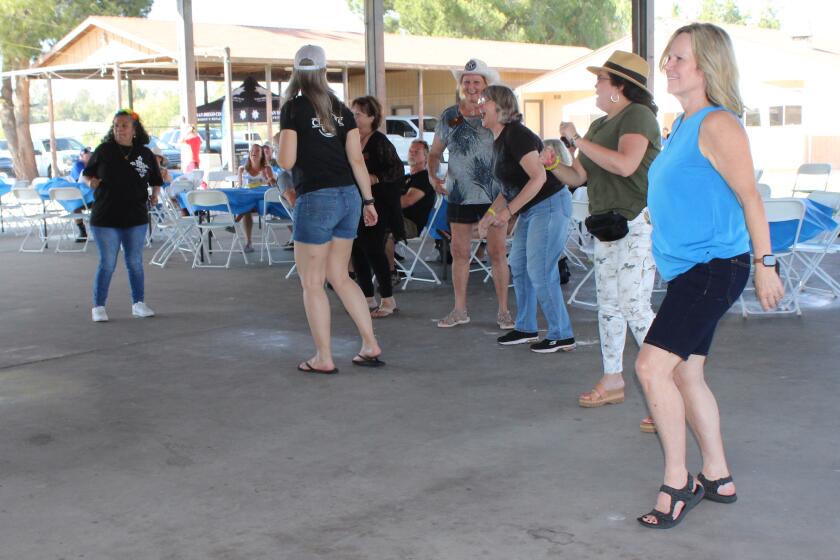Letter to editor
Bright teachers close achievement gap
The “average” performance of American students on international testing is not “good.” If you rank the countries tested, we come in 14th in reading, 23rd in science, and 25th in math.
Arne Duncan, U.S. Secretary of Education, declared we are out “educated.” On average maybe we are, but on average you can not drown in the Mississippi River. It is only six inches deep.
Averages obscure more than they reveal. When we compare students from similar income and class background, our relative performance improves dramatically. suggesting that our education problems may be as much about our sheer number of poor families as our supposedly poor schools.
How do we manage to be so strong over the years, with such poor average scores on international tests? The United States never did “average” comparatively well on these tests.
When it comes to raw numbers , the U.S. generally has far more top performers than any other nation tested. The U.S. claimed a third of high-performing students in both reading and science, far more than our closest competitor, Japan. On math we claimed only 14 percent of the high-performers compared to 15.2 with Japan and 16.2 with Korea.
The U.S. is a far larger country than Japan and Korea. We claim 27 percent of the 15- 19 year olds; Japan has 7 percent. In two out of three subjects, Americans are over-represented among the “best” performing students.
If we have so many of the best minds,why are our average scores so disappointingly average?
Our high scorers are balanced out by a very large number of low scorers.
Chinese students in Shanghai have recently been tested for the first time. Their scores were impressive. It seems likely that China has more young math and science geniuses at its disposal. Is this a concern? China has over a billion more people than we have.
I do not believe you can replicate a country’s style of education without replicating its culture. Instead of looking abroad for ideas about how to teach our kids, we should look at what is succeeding here. No question, we should/can do better. Change is not an event. It is a process.
There is a strong correlation in the United States between socioeconomic factors and test scores. Federal and state educational and funding programs may unintentionally lead to regression to the mean with emphasis on the lower scorers.
The question becomes how do we bridge that achievement gap? There seems to be some schools, teachers and principals throughout the land that do bridge the gap better than others. Ah! Here-in lies the rub — outstanding bright teachers who have teaching in their DNA.
John Rajcic
Ramona




